

当你开始学习武术,尤其是太极拳时,你可能会注意到“迈步如猫行”的描述,这种形容词让人联想到轻灵、稳健的猫行走。然而,这并非仅仅是一种形容,而是在太极拳中有一个专门的练习形式叫做“猫形步”。这种步法在书籍和杂志中并不常见,因此很少有人了解它的详细内容。
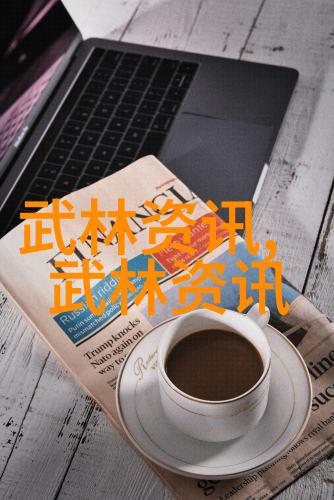
日常我们走路时,通常是先用前脚,然后后脚跟着撑。但是,“迈步如猫行”却不能这样做。名家郝少如先生曾经教导:“不许后脚用力,要让前脚站稳了,后脚慢慢提起,并且在重心未移动过去的时候,还要能够无费力的抽回来。”我的老师林墨根先生也曾说过:“太极拳中的猫形步体现了腰胯带动四肢的虚实运动,要下苦功把猫形步练到位,即便辛苦,也能增长腰腿的松弹沉稳之劲。”
cats' steps are like this: they lift one leg and the other three legs support. Humans, however, are different - we lift one leg and only have the other leg to support. The supporting leg should be slightly bent to hold the body weight, with attention paid to balance and coordination. We must also "always pay attention in the waist." Slowly moving is even more difficult for the supporting leg.

The slow practice of cat form step begins with a right front-left back stance (right bow stance). First loosen up Yin Jiao Gen (the point where you start walking) on both sides of your waist and look forward upwards. Then loosen up from your right hip joint down to your knee joint and finally down to your foot's Yongquan point (the bottom of the foot). Your right heel should turn 45 degrees outward while keeping your ankle stable. After ensuring that all parts of your feet are grounded firmly against the floor, slowly turn your waist towards right until left foot leaves ground.
Next, relax left shoulder when you feel more stability in right foot. Loosen up Hua Tuo Gou (the two small grooves on either side of abdomen) then rotate waist towards left while leading Qi at Ming Men point (a key acupressure point below navel) with head slightly lifted upwards. Meanwhile, gently pull forward upper part of left thigh using right thigh as a fulcrum until Yongquan point leaves ground.
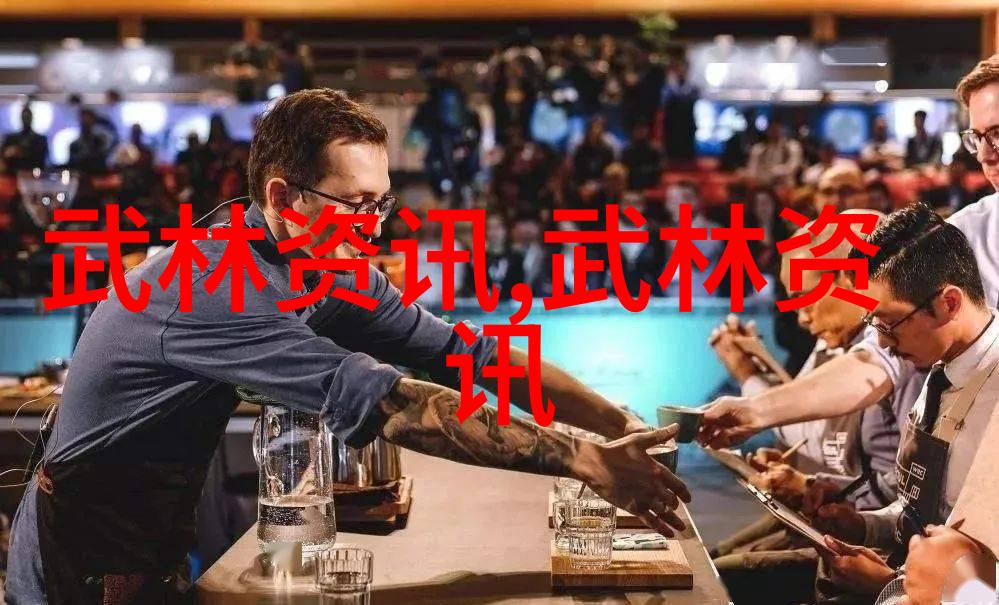
Thirdly, lower down your buttocks vertically while pulling outwards on both sides; bend knees slightly; only let toe touch ground before lifting off entire sole except for toes.
Fourthly, move out toes lightly while imagining it as looking into a deep abyss; gradually release tension from each part of left leg from hip joint down through knee joint then ankle bone; let them land evenly before lifting off again starting from heels then soles followed by toes.
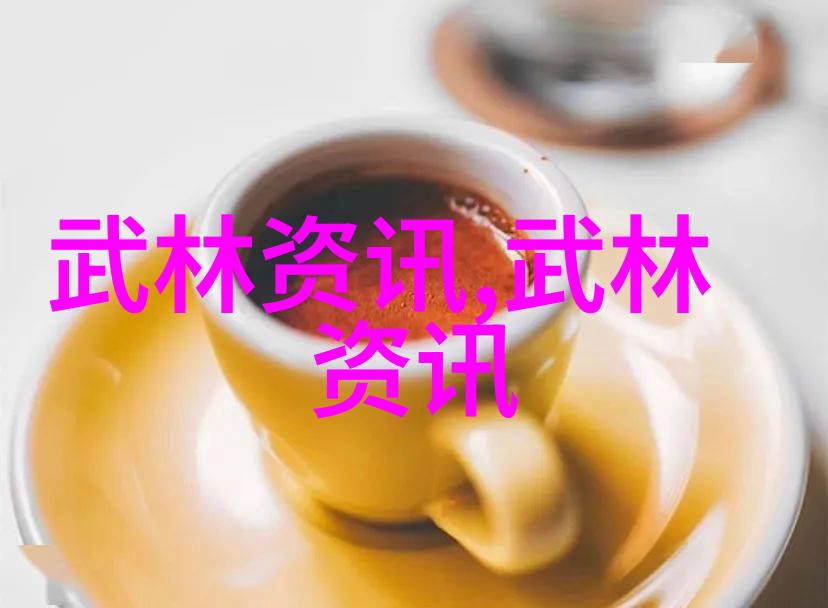
Lastly, imagine transferring weight from one foot onto Dantian area between kidneys then onto another before settling into Yongquan points naturally after releasing tension completely till settled stably without any effort or strain while turning inside when shifting weight backward simultaneously letting go freely but still maintaining balance within oneself throughout every step movement's transition phase which means lessening stiffness therefrom so that can easily shift it over time allowing natural flow during practice process itself continually promoting better understanding about how best way could be learned effectively mastering art skillfully not just superficially practicing yet being unable grasp deeper essence & meaning hidden beneath surface level explanation alone!

2025-03-28

2025-03-28
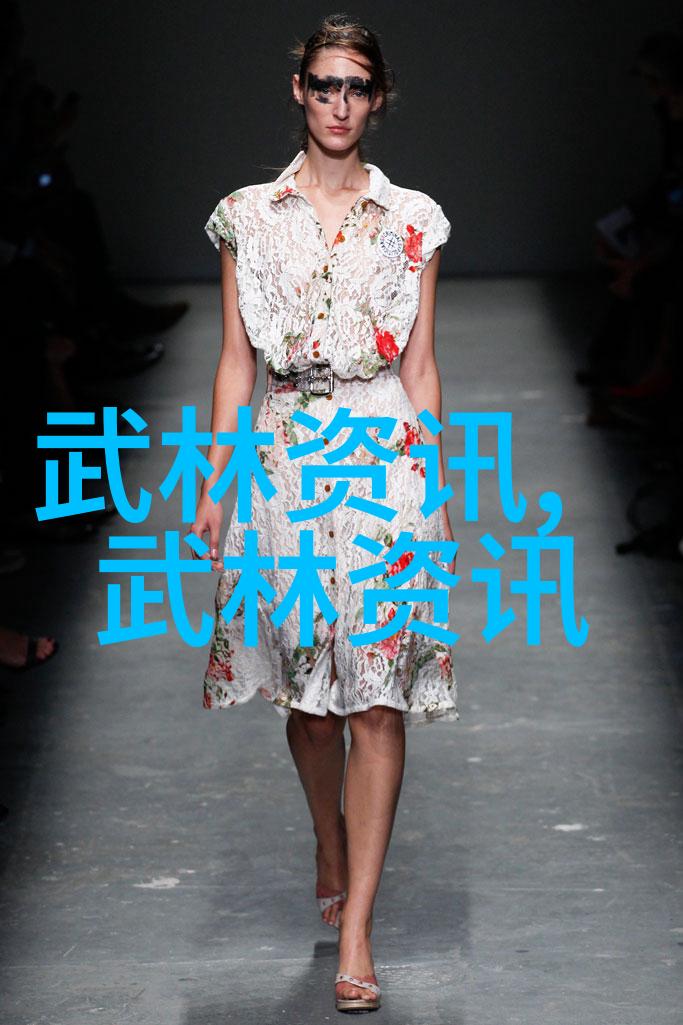
2025-03-28

2025-03-28
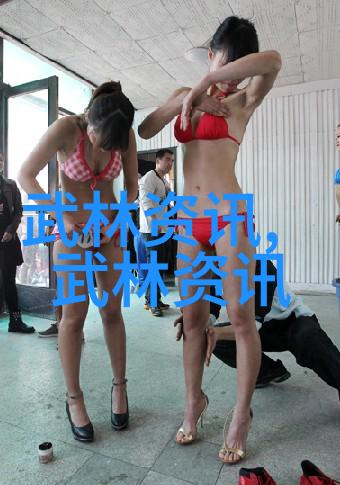
2025-03-28

2025-03-28

2025-03-28

2025-03-28

2025-03-28
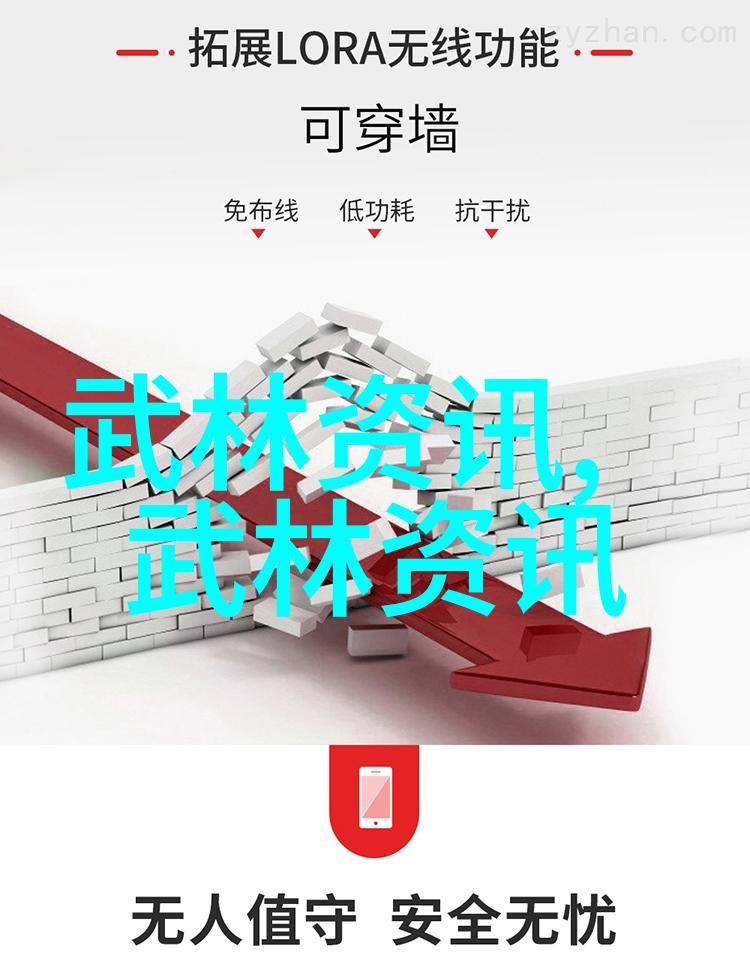
2025-03-28